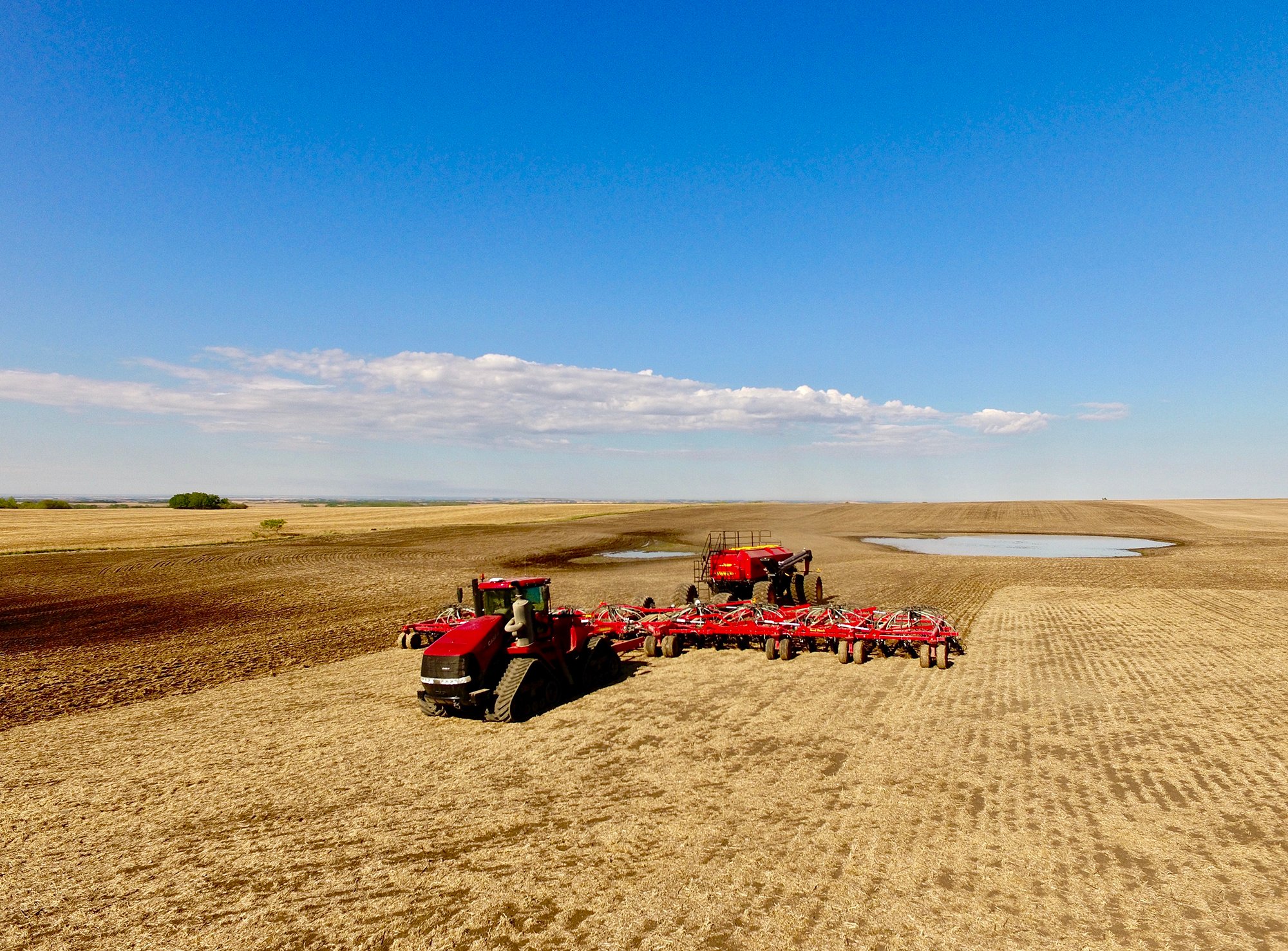Ryan Warawa is a believer in DEKALB canola. He’s been growing it on his Mundare, Alberta farm for 25 years, both in his regular rotation and in side-by-side strip trials. Those decades of experience have shown him that DEKALB canola hybrids offer farmers far more in terms of yield potential than many think it does based on how it can look in the field. Warawa tells his story about DEKALB canola, why he thinks it’s the most innovative brand, how it’s changing his definition of canola productivity, and why it’s a cornerstone on his farm.
If Ryan Warawa has one message for his fellow canola growers, it would be to check their biases at the door when it comes to choosing canola hybrids.
Warawa farms 6,700 acres with his dad, son and nephew northeast of Mundare, AB. Together they grow canola, wheat, barley and oats, with canola the dominant crop. “We put about 35 to 40 per cent of the farm in canola,” he says. “We have a three to four year rotation and go 50-50 Roundup Ready and Liberty Link.” What doesn’t change is his choice of canola — it’s always Dekalb.
Warawa has been growing Dekalb for about 25 years, 15 of those in performance trials. He admits the early iterations of Dekalb canola hybrids struggled against the powerhouse of InVigor, which, at the time, really did change everything about what was possible with canola. “When Dekalb started, those were lean, rough years,” he says. “But, the reps said stick with us, it will get better.”
And it did. From his own experience growing Dekalb canola in performance trials as well as in his regular rotation, Warawa says the tables have turned for these hybrids and believes many of his fellow growers are missing out on high-yielding, high-quality canola because they may only remember those early, lean, rough years. Warawa encourages farmers to look again and see how today’s Dekalb stacks up against the rest. This is his story.


